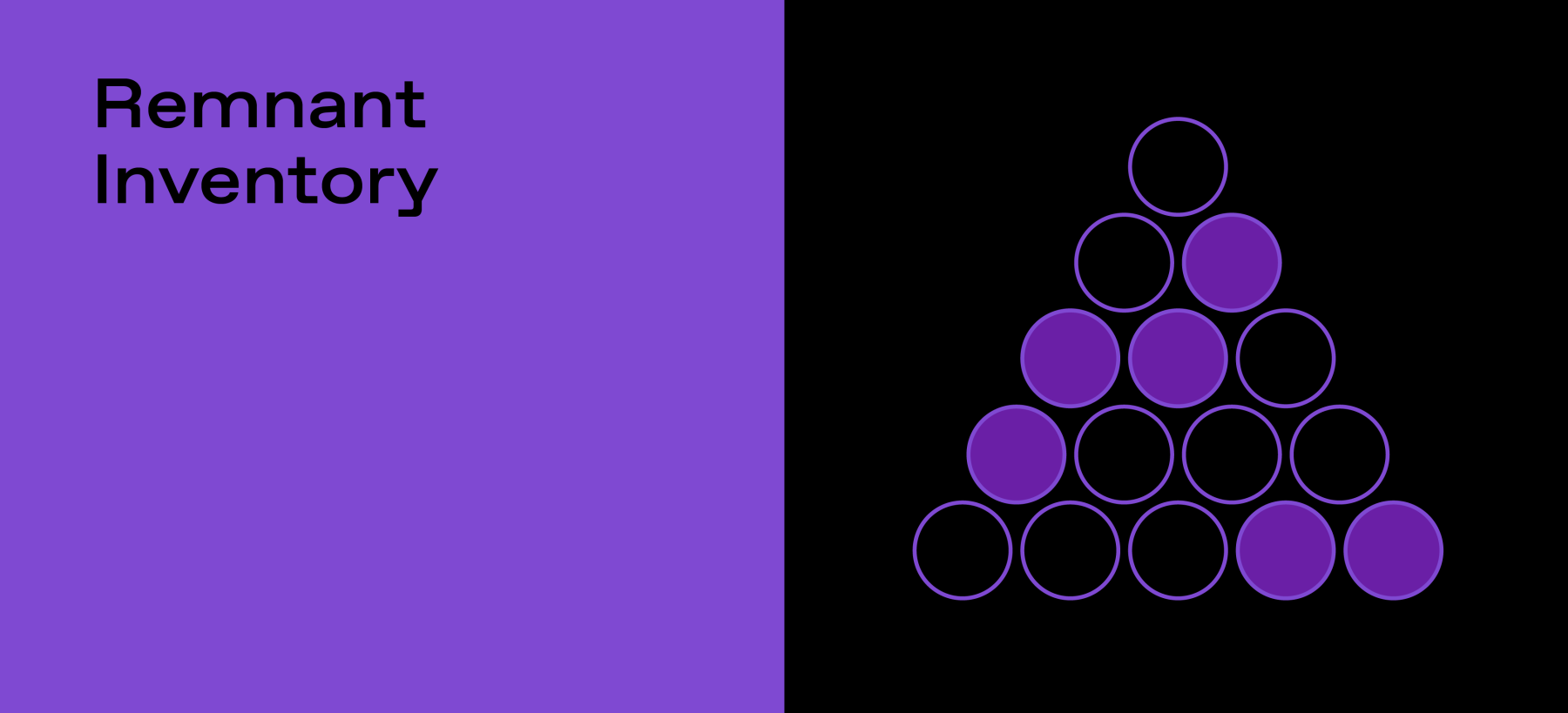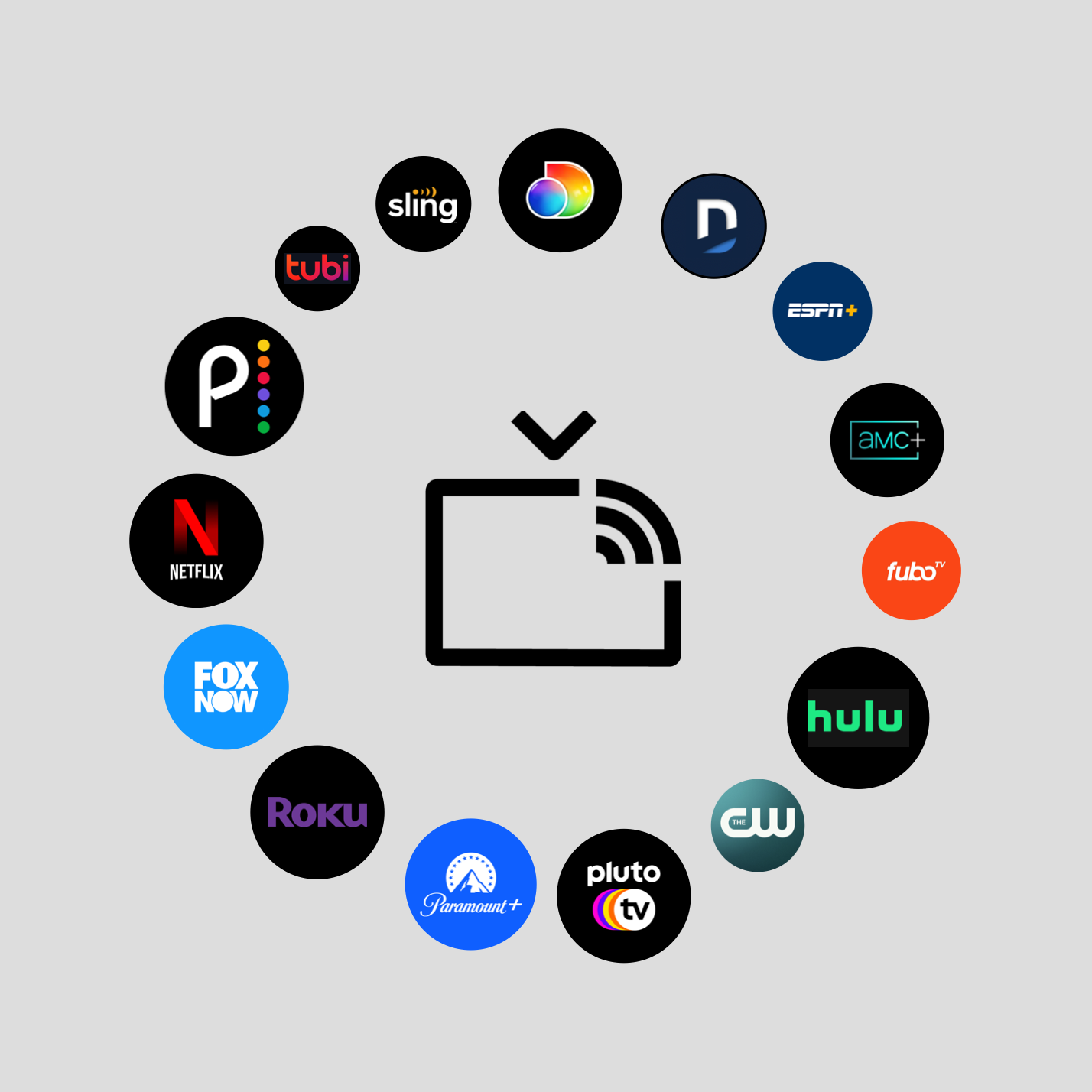
Rethinking “Remnant” Inventory in the New TV Advertising Era
A version of this article was published on MediaPost.
The practice of programmatic advertising is rooted in the rise of a marketplace for everything that publishers couldn’t sell themselves. This inventory is also referred to as “remnant inventory."
Over time, and led by display advertising, the inventory available via programmatic pipes became synonymous with inferior ad placements, poor viewability, and less brand safety. Basically, inventory that went unsold for good reason.
This created a false association between “programmatic remnant” and “crappy inventory." This association makes absolutely no sense in the realm of CTV. As more CTV (and even Linear TV) transactions become programmatically enabled, it’s time for us to finally abolish the association between remnant and (poor) quality. Here’s why.
Clinging to the Past
Many of today’s CTV content owners are reluctant to shift their inventory into programmatic pipes for fear of the “race to the bottom” scenario that played out in programmatic display. For those who don’t remember, the early programmatic exchanges exposed buyers to vast aggregations of inventory, creating a glut of supply that led to a compression of CPMs across the board. In the early days of RTB, premium publishers had a hard time differentiating from low-quality sites, particularly before checking for fraud, viewability, and brand safety became standard fixtures and before private marketplaces facilitated the walling off of premium environments. To premium publishers and their brand customers, programmatic was a minefield of bad inventory and undisclosed fees. And that view persists despite the fact that today’s programmatic exchanges bear little resemblance to those early days.
This experience is what drives the current reluctance by CTV publishers to expose their inventory to programmatic pipes. They fear that doing so will lead to a drop in their inventory price, one from which they will never recover - a fear compounded by the fact that most CTV publishers are legacy TV networks with incumbent sales teams with long track records of success in direct selling. In their view, the cost of unsold inventory is the devil they know and better than the risk of opening Pandora's box by seeking liquidity on programmatic exchanges.
This view is also, to some degree, a reflection of buyer sentiments. Advertisers also operate under the presumption that remnant CTV is of lower quality. Of course, a new generation of performance marketers have realized that this isn’t true, and have deftly leveraged CTV spot buys to break into the living room.
There is No Such Thing As Poor-Quality TV Inventory
There are multiple reasons why publishers should not worry that TV will experience anything like the race to the bottom we witnessed in digital, and why buyers should not worry about the quality of “remnant” TV inventory sold programmatically.
First is the format itself. All TV/CTV inventory is viewable, verified and brand-safe by its very nature. It’s not subject to banner blindness or ad blockers. If the TV is on, it’s likely that someone is actually watching it. And if the inventory is on CTV, it’s likely because they sat down and elected to watch it in a very high-intent fashion. This is true regardless of programming.
Second, the supply is more concentrated. Fewer than 20 publishers control nearly 95% of the CTV ad inventory, and there is far less premium supply in relation to demand. Where OpenRTB puts premium publishers in competition with the entire internet, CTV publishers are mostly competing with one another as they always have. The high marginal cost of content production ensures that this will largely remain the case in the future.
Remnant inventory in TV is just that and only that - inventory that is not yet sold. It doesn’t imply anything about quality. Publishers that refuse to expose that inventory to programmatic pipes are forgoing yield and advertisers that avoid it are forgoing performance - all based on a mistaken association with display.
Redefining “Remnant”
Redefining what “remnant” means might not be worth the effort. In fact, the TV market is better served finding another way to describe unsold inventory altogether with terms like “Spot Buying.” This definition is far more inclusive of all kinds of inventory, including everything from low-cost, late-night fringe Tier 3 to spots running on higher tier networks at a higher CPM. The connecting factor here is that it all drives performance, making it worthwhile for the advertiser.
As more advertisers understand the potential of the programmatic CTV market and witness the success of placements, the adoption of programmatic advertising in the TV space will increase.

Mike Fogarty
Coffee obsessed, passionate gamer, father of three, and a rock/metal enthusiast. Oh, and I oversee Agency & Enterprise partnerships at Tatari.
Related
CTV stands for Convergent TV, not Connected TV (and what this really means for TV advertisers)
In this article, we will unpack OLV and most importantly, the relevance of OLV to the old definition of Connected TV (making for a new Convergent TV).
Read more
5 Tips for Setting Up a Successful Programmatic Retargeting Campaign on TV
The rise of CTV has helped bridge the best practices of digital and TV advertising. Now, advertisers can replicate one of digital’s best-performing tactics – retargeting – on the biggest and most engaging screen in a consumer’s household.
Read more
Why CTV Will Never Go Open Exchange
Many major streaming players are moving away from programmatic buying platforms in favor of direct sales teams. Only in doing so can they preserve the audience viewing experience in a meaningful way.
Read more


